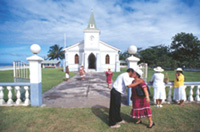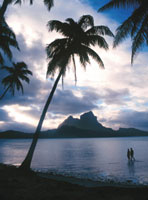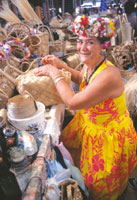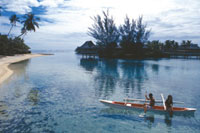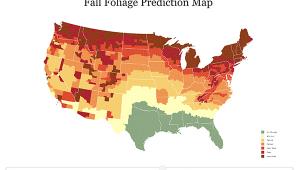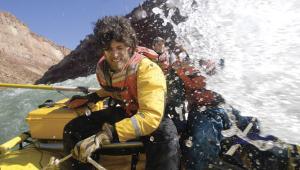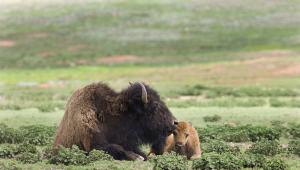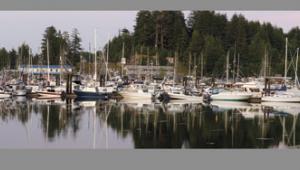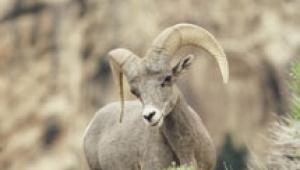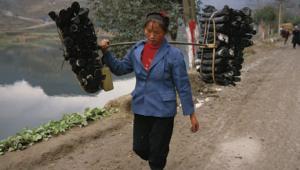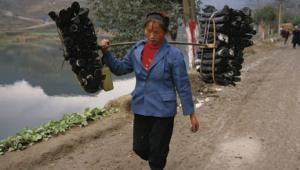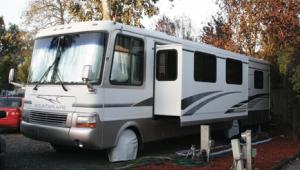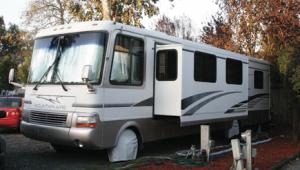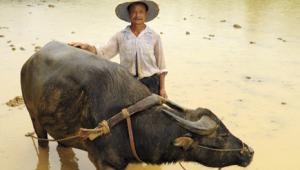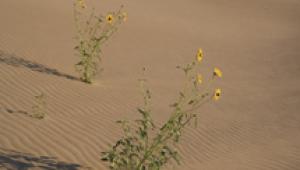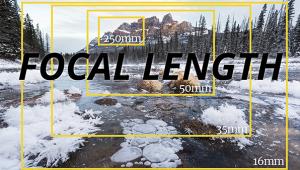Tips From A Travel Pro
Research Before You Go
My niece and keen amateur photographer Elizabeth Martin celebrated the coming of the new millennium on a mountainside near Katmandu, Nepal. She carried a backpack containing a Canon EOS Elan, 20 rolls of color print film, three pairs of wool socks, her favorite hiking boots, a weatherproof anorak, a fleece pullover, warm pants, two blouses, two pairs of shorts, spare underwear, Blistex, sunblock, and toiletries. On January 1, 2000, the sun came up on schedule. She had a great day and later a week of trekking, in the company of a small group of Brits and Europeans plus Nepalese guides. She says don't plan on buying film in Nepal. How did she know what to bring? As with any photographic journey these days, doing your research before you go is one of the most important parts of the trip. |
|||
Get The Lowdown |
|||
I researched Nepal for this article. I've always wanted to go there. Alas! Recent advisories made me decide against it at this time. A lovely place with no current big worries is French Polynesia, a group of islands in the Pacific about 1000 miles from Hawaii, where I spent two weeks recently. Making A List |
|||
Shooting Times & Getting
Around Driving is the way to photograph in the country but you must walk a lot in towns and cities. Search especially for places and events where people seem approachable. I almost always ask people's permission before I photograph them, and may make many exposures of a good subject. Get Close |
|||
Be brave, get in close when photographing people anywhere, the results are then intimate, as portraits should be. Have patience, stand and wait with camera visible, at a likely place. You can usually gauge when someone is approachable. Then use signs, smiles, and gestures to show you would like to make pictures if you don't speak the local language. Far away and close to home, ensure good travel coverage by including plenty of people pictures. Don't neglect obvious things either--some may call those pictures clichs, but good clichs can become icons, and travel icons are always in demand. |
|||
To learn more about Susan McCartney's approach, read her book "Travel Photography," Second Edition, published by Allworth Press. It's available in bookstores and book web sites. |
- Log in or register to post comments

